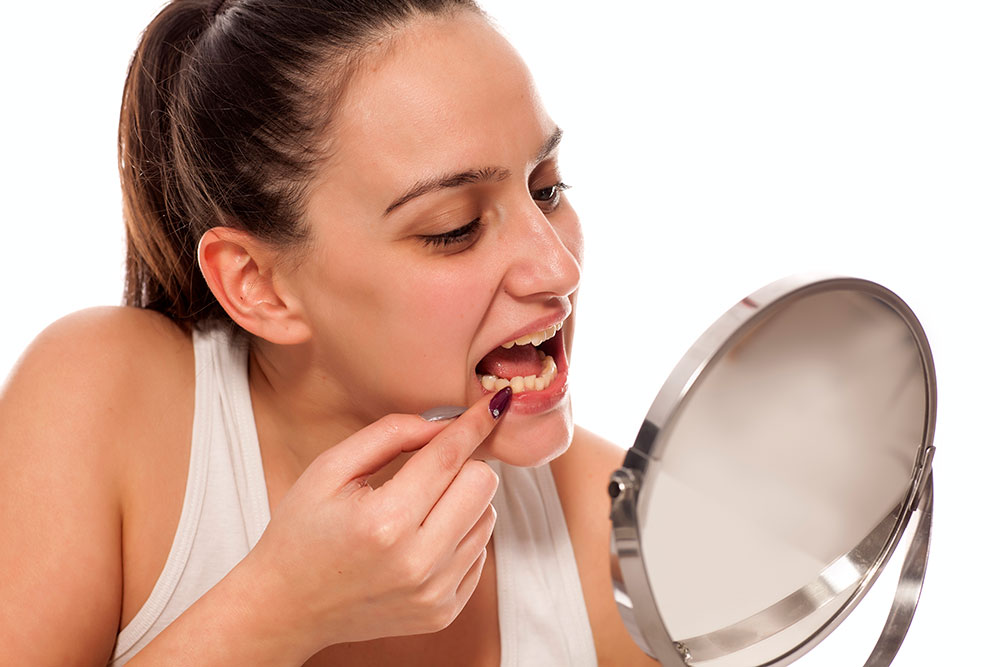
What is a Food Trap?
A food trap is an area in your mouth, usually between two teeth, that traps food and is difficult to clean. Food traps can also occur on the biting surfaces of teeth, underneath bridges and restorative work, and underneath dentures. We will discuss the most common kind of food trap, which is between two teeth.
What Causes a Food Trap?
Food traps occur for various reasons, the most common being a slightly loose or open space between two teeth. The best way to check if you have an open space is to try flossing it. If the floss doesn’t “snap” down but easily slides into the space or opening, you probably have a potential food trap area. Food traps may also be caused by restorative work, such as large fillings or crowns changing the shape of a contact or by crowded or misaligned teeth.
Effects of Food Traps
Because food traps accumulate- well- food, they are more prone to bacteria buildup and, therefore, gum inflammation and infection. You may notice a food trap is sore, puffy and bleeds easier when brushing and flossing. With time, you may have irreversible damage to the gum and bone support in the area and even be at risk for a cavity. While it is vital to floss every tooth every day, it is essential to clean out a food trap properly, so it doesn’t cause gum disease and cavities. In addition to floss, there are certain oral hygiene aids you may find helpful to help dislodge food and plaque, such as dental picks and end tuft brushes.
Treatment for Food Traps
You may discuss with your dentist that treatment is the best option for your food trap. The most common way to eliminate a food trap is to place a filling on one side of the contact to tighten it up. This will hopefully prevent food and bacteria from accumulating in the contact. Your dentist will check with floss to ensure tight contact between teeth. In addition, braces or aligners are a great option to prevent food traps between teeth by aligning teeth and reducing the space where food gets trapped.
If you have a food trap and are interested in options to fix it, we encourage you to contact us today to schedule an appointment.

